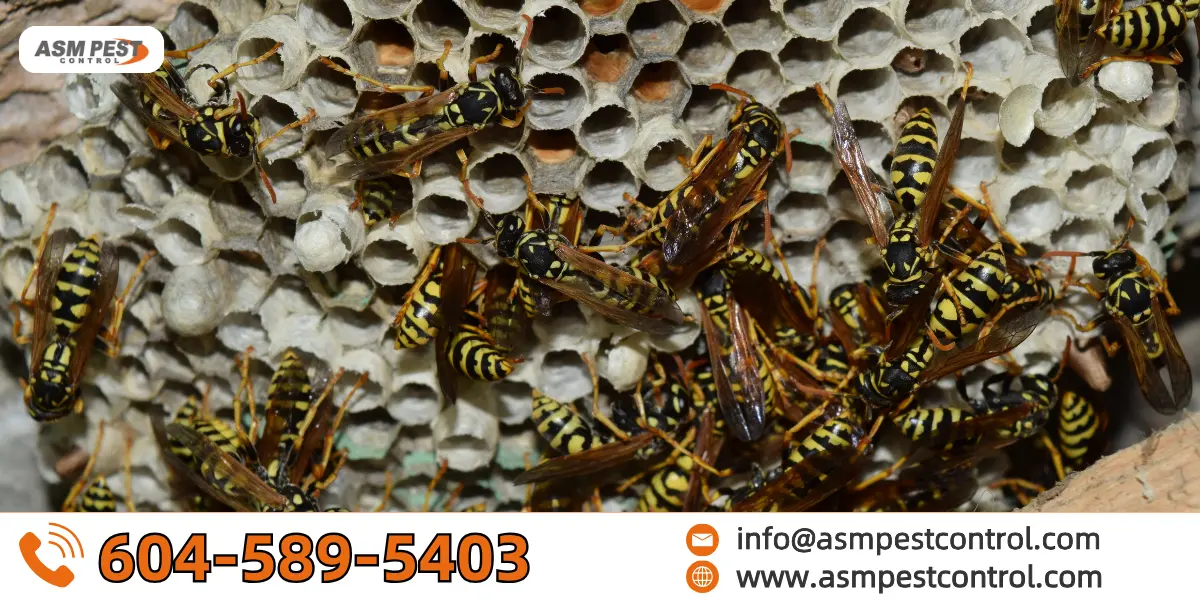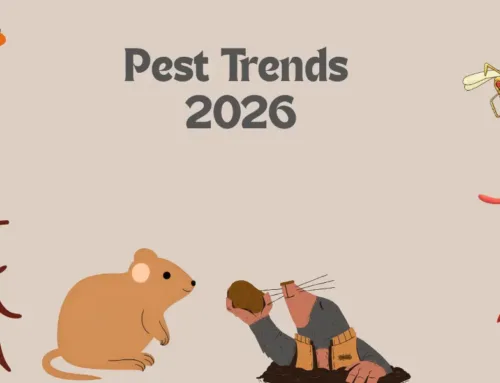Have you stepped outside in the last few days and felt like you are under siege by buzzing yellow striped intruders? There are so many wasps this year, and the surge in their numbers hasn’t gone unnoticed. These aggressive insects pop up everywhere, so to speak, from outdoor barbecuing to gardening activities.
It turns out to be quite complex to find an answer, although there can be some combination of seasonal trends, weather patterns, environmental change, and natural wasp behavior. Knowledge of the reasons why you are experiencing a rising number of wasps can help you to prepare, stay safe, and avoid the stress that accompanies sudden stings.
Seasonal Cycles and Wasp Nest Growth
Each year, the wasp life cycle follows a fairly predictable timeline. During the early spring, queen wasps emerge from hibernation and begin building new nests. These nests slowly grow throughout the spring and early summer, but by late summer, the colony reaches its peak population.
At this point in the year, there are thousands of adult wasps all competing for food. The workers who have been feeding the larvae are now out of work because the queen stops laying eggs. This leaves a large population of aimless, hungry insects roaming for sugary foods, fruits, and anything edible.
Weather Conditions Play a Major Role
One of the strongest contributing factors to increased wasp activity this year is the unusually dry and warm spring, followed by a hot summer. These weather patterns create the ideal conditions for wasps to thrive. Dry weather reduces the threat of fungal disease in nests, while warm temperatures accelerate colony growth and development.
Climate fluctuations, including earlier springs and longer warm seasons, allow wasps to begin building earlier and sustain larger populations longer into the fall. This is why there are so many wasps in late summer compared to other years.
In some regions, people have reported seeing nests that are much larger than average. This is likely due to how favorable the weather has been for breeding.
Changing Food Sources and Dietary Needs
Wasp control Burnaby are carnivorous in the early stages of the season, hunting for protein-rich food to feed larvae. But as the season shifts, their diet pivots. With fewer larvae to feed and more adults in the colony, they begin craving carbohydrates like sugary fruits, drinks, and human food.
This change in dietary needs means they become more visible around patios, garbage bins, and even indoor kitchens. When food is abundant, they’re less aggressive. But when resources are limited due to drought or competition, wasps can become territorial and more likely to sting.
This behavioral shift explains why wasps seem more aggressive in late summer, and why you’re suddenly encountering them around food and drinks.
Environmental and Ecological Factors
Longer-term environmental shifts are also influencing insect behavior. Habitat loss, declining insect diversity, and reduced natural predators allow wasps to flourish unchecked in some areas. Urbanization reduces wild spaces while increasing human interaction, which results in more visible and disruptive wasp activity.
Additionally, changes in agricultural practices and pesticide use have reduced populations of insects that would otherwise compete with or control wasps naturally. As a result, wasp control maple ridge populations can grow rapidly in favorable years, particularly in places with minimal ecosystem balance.
FAQs
- Why are there so many wasps this summer compared to last year?
A dry, warm spring followed by a hot summer provided ideal conditions for wasps to breed and build large nests. Fewer predators and abundant resources also contributed to their population growth. - Are wasps more aggressive this time of year?
Yes, in late summer, their colonies peak, and food becomes scarce. This makes wasps more desperate and territorial, leading to an increase in aggressive behavior and stings. - What attracts wasps to homes and outdoor gatherings?
Sugary drinks, ripe fruit, garbage, and food scraps are magnets for wasps, especially when they shift to a carbohydrate-based diet later in the season. - Can weather changes cause a wasp boom?
Absolutely. Warm, dry weather promotes faster nest building and higher survival rates. The longer warm seasons stretch, the more time wasps have to multiply. - How long will this increase in wasps last?
Typically, the heightened activity continues until late fall or the first frost. Once cold weather sets in, most wasps die off, and only fertilized queens survive the winter.
Final Thoughts
The question of why there are so many wasps this year has a complex answer rooted in biology, climate, and human activity. While it’s normal to see wasps during summer, certain years create a perfect environment for their population to surge. Understanding the reasons behind their increase helps reduce panic and offers a clearer strategy for keeping them away.
If you’re dealing with a heavy wasp presence, reducing access to food, sealing garbage bins, and avoiding sugary drinks outdoors can help. And if nests are nearby or wasp numbers become unmanageable, ASM Pest Control may be the safest route.






